American POW painting in Austria
A book review was published in Magyar Nemzet, daily newspaper on our volume, Painting in Western Captivity – The Diary of Sándor Kiss, edited by Artúr Köő, researcher of MKI. „An art teacher from the town of Gyula fled to the West from the Soviets together with the Hungarian army, he travelled through half Austria and then was captured by the Americans.”
POW of the Americans painting in Austria
Western “pow Idyll”; the diary of KISS SÁNDOR is about the fate of hundreds of thousands of hungarian soldiers
Tamás Pataki
An art teacher from the town of Gyula, a reserve lieutenant fled to the West from the Soviets together with the Hungarian army, he travelled through half Austria and then was captured by the Americans. He was lucky because he could see the picturesque landscape of Wels in Upper Austria and could paint the mediaeval Gothic churches, mansions, buildings and the everyday life of the POW camp. Many American officers and even a Jew from Budapest freed from the concentration camp bought his watercolours and miraculously not only his paintings but also his diary remained. Sándor Kiss’ (1900–1981) documents preserved by his descendant, Ferenc Ternyák have been recently published by the Institute for Hungarian Studies (MKI) in book form.
In January 2018, Artúr Köő, historian, researcher of the Institute for Hungarian Studies (MKI), the editor of the book was contacted by Árpád Székely, painter from Gyula who told him about a unique captivity diary in his possession. As in recent years Soviet captivity has been in the main focus, the researcher thought that our scantier knowledge about Western captivity could be broadened with the help of the diary and decided to read the yellowed sheets written in pencil.
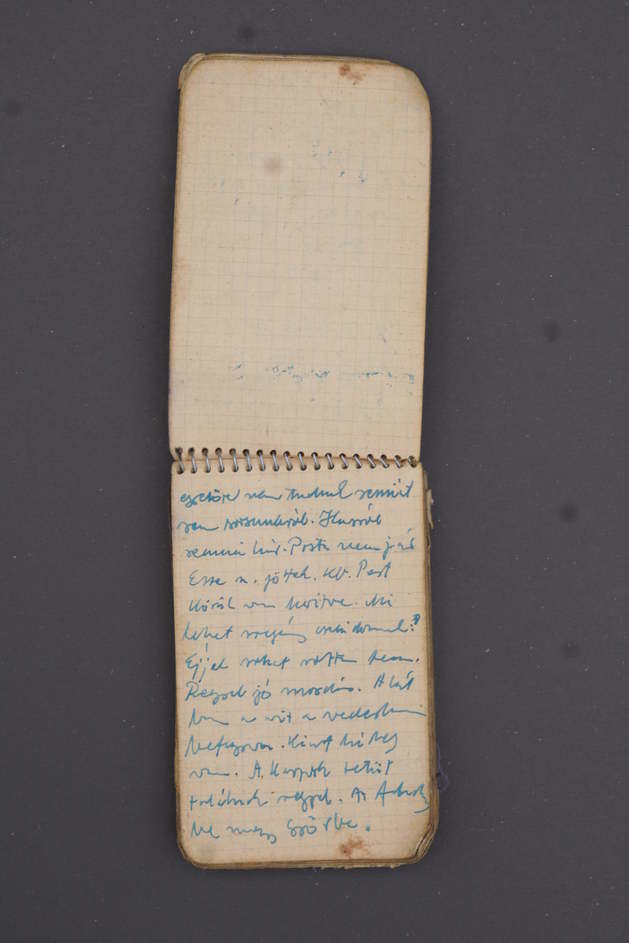
– “Not only the content but also the fact that the author painted during the whole period of his captivity and that his watercolours survived encouraged us to edit and publish the diary.” – said the historian who considers the whole diary valuable from a historical perspective as few sources in Hungarian of Hungarian POWs in Western captivity survived. Until today, no comprehensive monography has been published on the relocation of military troops, the escape of civilians and soldiers and the Western captivity in general. Sándor Kiss – who designed the label of the Stéberl Gyulai sausage – started to narrate the events from the end of 1944 describing the everyday life, ordeal and atmosphere of the POW camp in the most interesting chapters.
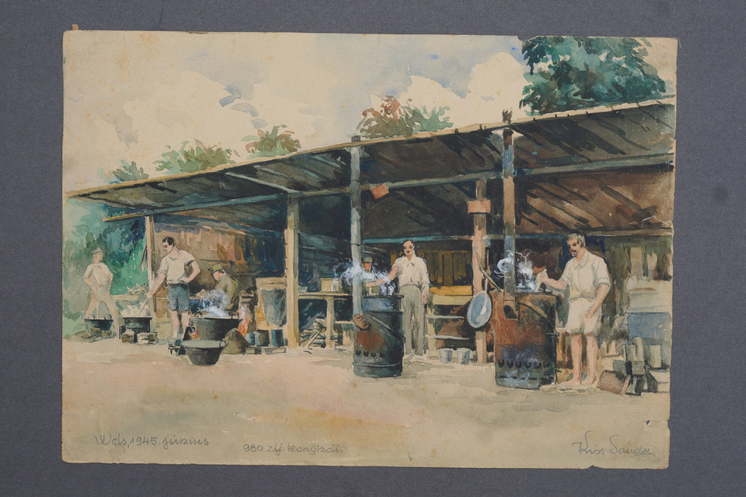
– “There is a striking contrast between the Soviet and Western captivity, although Sándor Kiss was lucky. French POW camps – from where Hungarians fled to the French Foreign Legion – were notorious for their brutality and inhumanity. The French often wanted to take revenge on the POWs for their losses during WW2 and thus they treated them bestially. Compared to them, American and British camps were much better. Three hundred thousand Hungarian soldiers were taken POWs by the Western forces, one hundred thousand of whom opted for emigration and never returned to Hungary.” – said the historian.
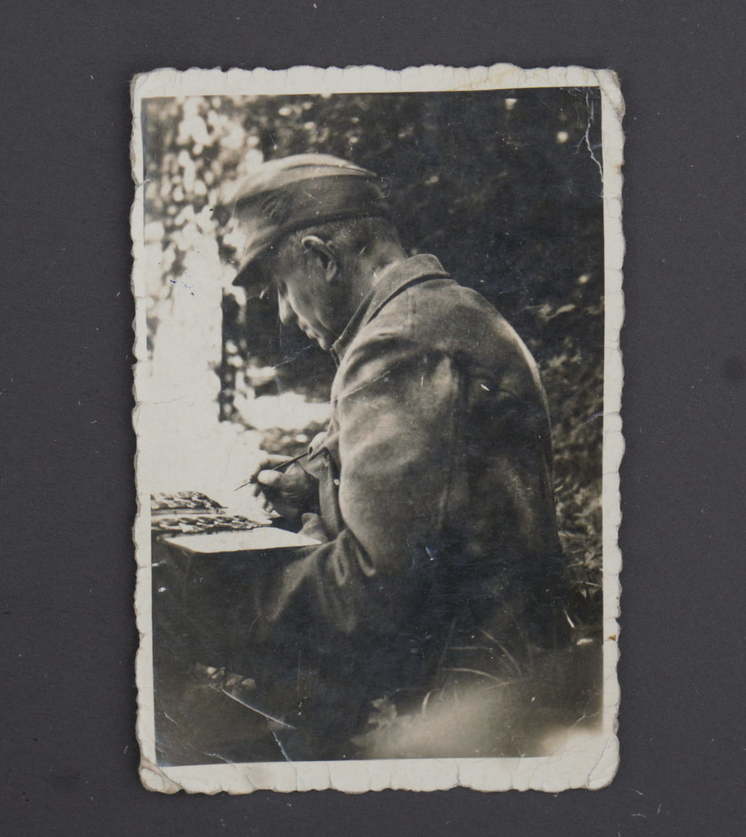
There were Hungarian POWs in dozens of settlements in Germany and Austria, e.g., in Pocking, Linz and Wels. Hungarians were also held captive in Fanø Island in Denmark and in Antwerp, Namur and Ostend in Belgium. – added Zoltán Babucs, military historian, author of the introductory study.
How typical are the experiences of Sándor Kiss as a Western POW? Although he was held prisoner of war in a place where humiliating or cruel treatment was not typical, he could paint and he did not have to starve, he still suffered from captivity, uncertainty and he did not receive news of his loved ones. Zsuzsanna Borvendég, historian, senior researcher of MKI who wrote a detailed study on the return of Western POWs in the volume spoke about these circumstances.
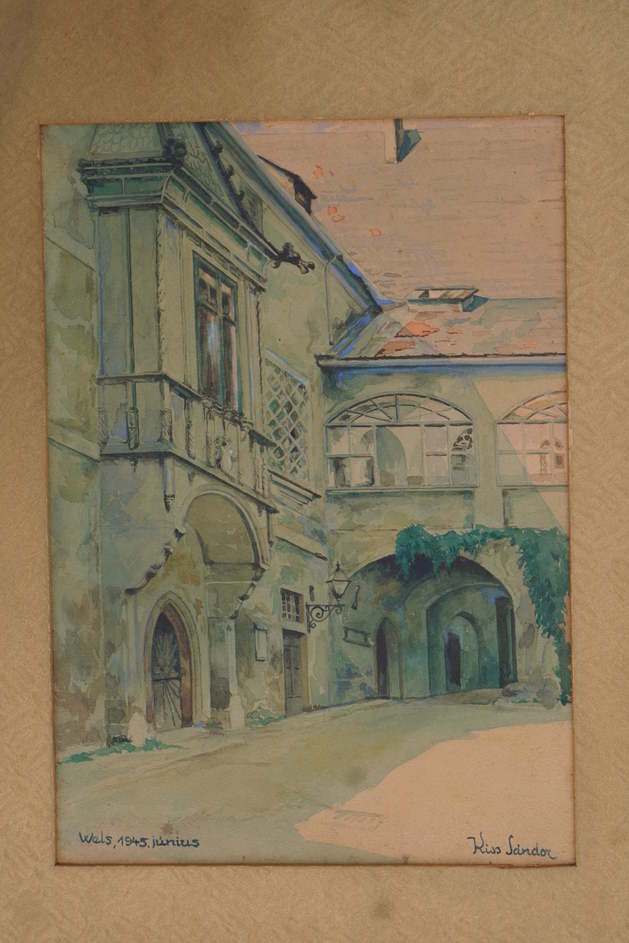
– “Probably, he was also one of the lucky ones as he could return home relatively early, in September 1945. At that time, Hungarian authorities had not decided how to treat POWs returning from the west. Thus, he was certified and he was not interned or indicted. Still, he had to share the fate of the other Western POWs: he was always viewed with suspicion by the regime. As he was considered suspicious, he could never find work corresponding to his qualifications and talent and he had no chance to make a career as an artist. He became a teacher in a remote village school.”- said Zsuzsanna Borvendég.
“The reason of Communist discrimination is simple: people who were in the west could obtain information jeopardizing the Communist takeover. POWs lived in the POW camps of the Western Allies for months in a social environment where there were hardly any leftward-leaning people. Those who followed the orders and headed towards the west were probably not pro-Soviet spirited soldiers. This in itself made them suspicious.
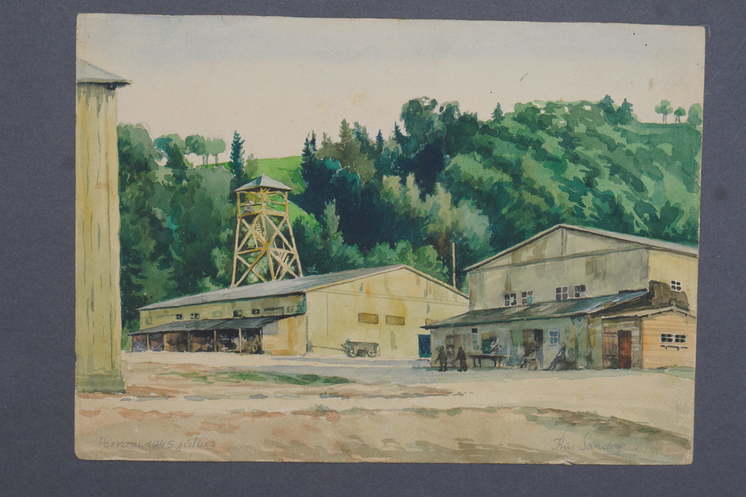
– “Initially, Sovietization was disguised as parliamentary elections were held. However, western POWs did not belong to the leftist voter base. Moreover, western powers were already preparing for the two-pole world order and were recruiting spies from the Soviet occupation zone. Of course, this threat was exaggerated by the Communist propaganda and it was due to their attitude of looking for enemies everywhere that they constantly envisioned Imperialist spies who became their reference point when they frightened the citizens and created the basis of their show trials. Of course, the Communists exaggerated the situation, but it still existed. It should also be added that the later the POWs returned from the West, the higher the contrast became. They saw, they experienced that there were alternative ways of post-war reconstruction and thus they posed a danger. They had to be silenced; they had to be denied the right to intervene in public affairs. This is the reason why they were sued and interned or at least placed under police surveillance when the trial failed.” – explained the historian.
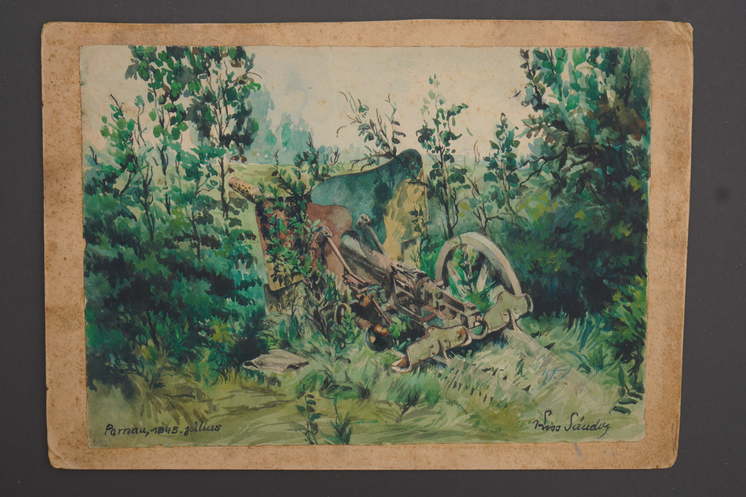
Painting in Western Captivity – The Diary of Sándor Kiss. Edited by Artúr Köő, Institute for Hungarian Studies, Budapest, 2020.
See whole publication here.